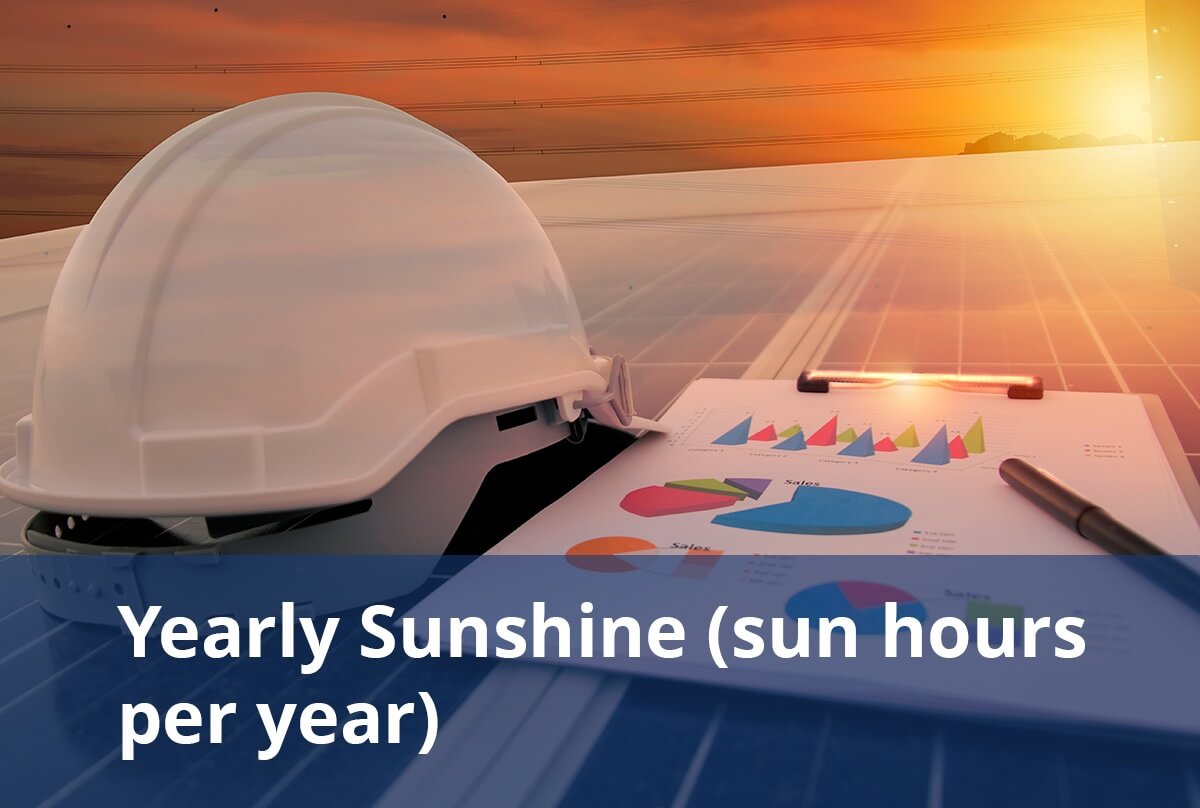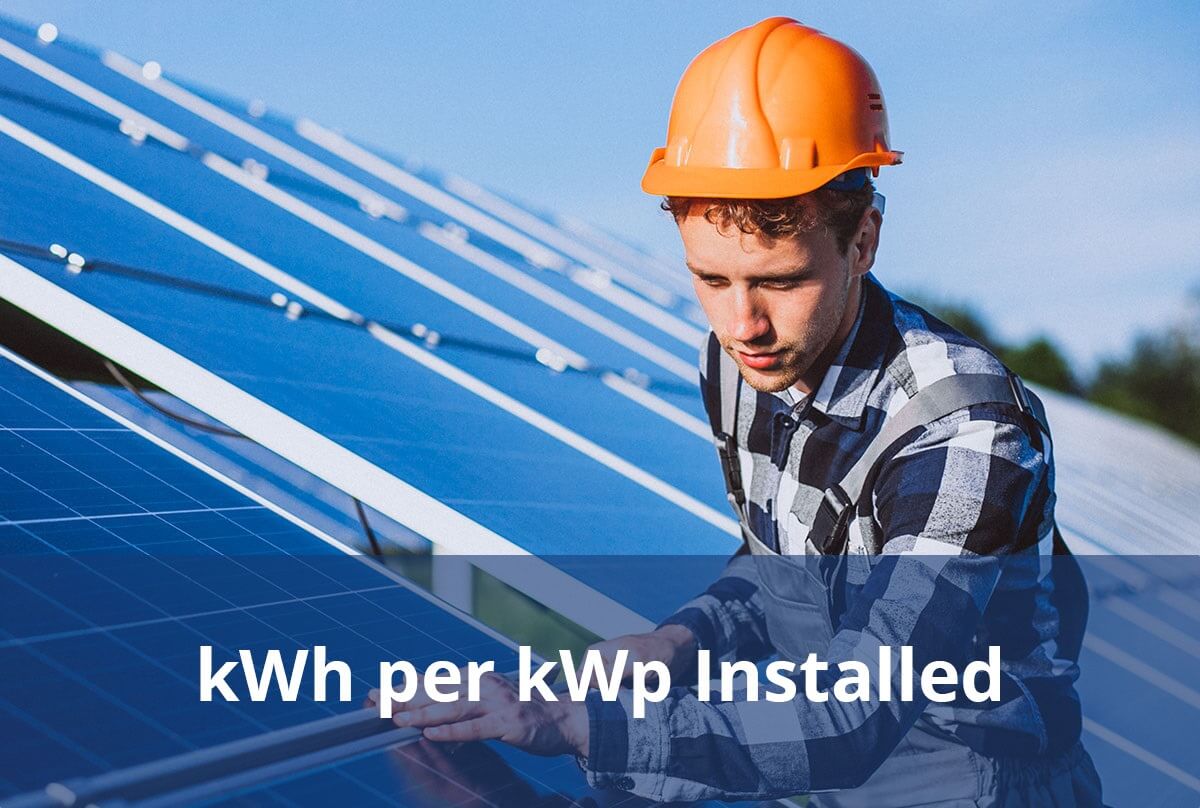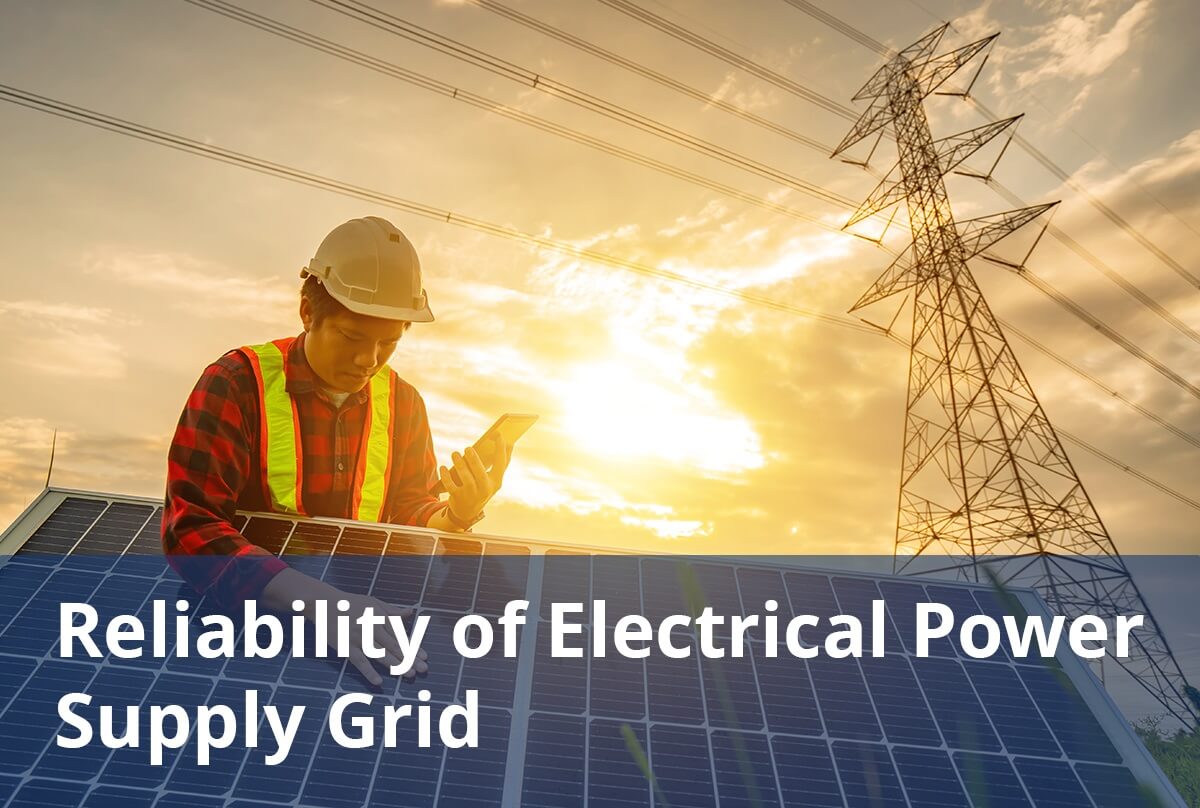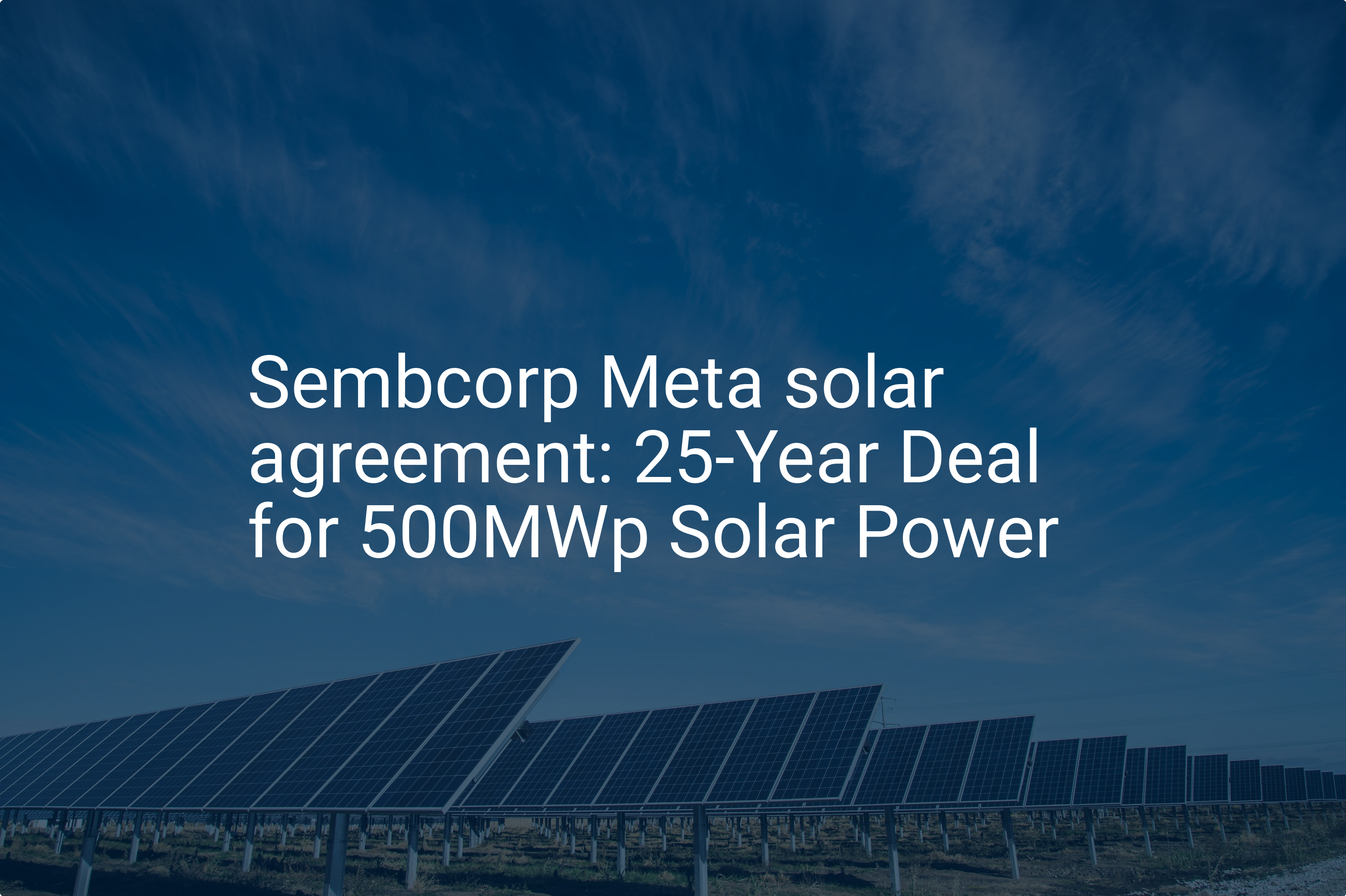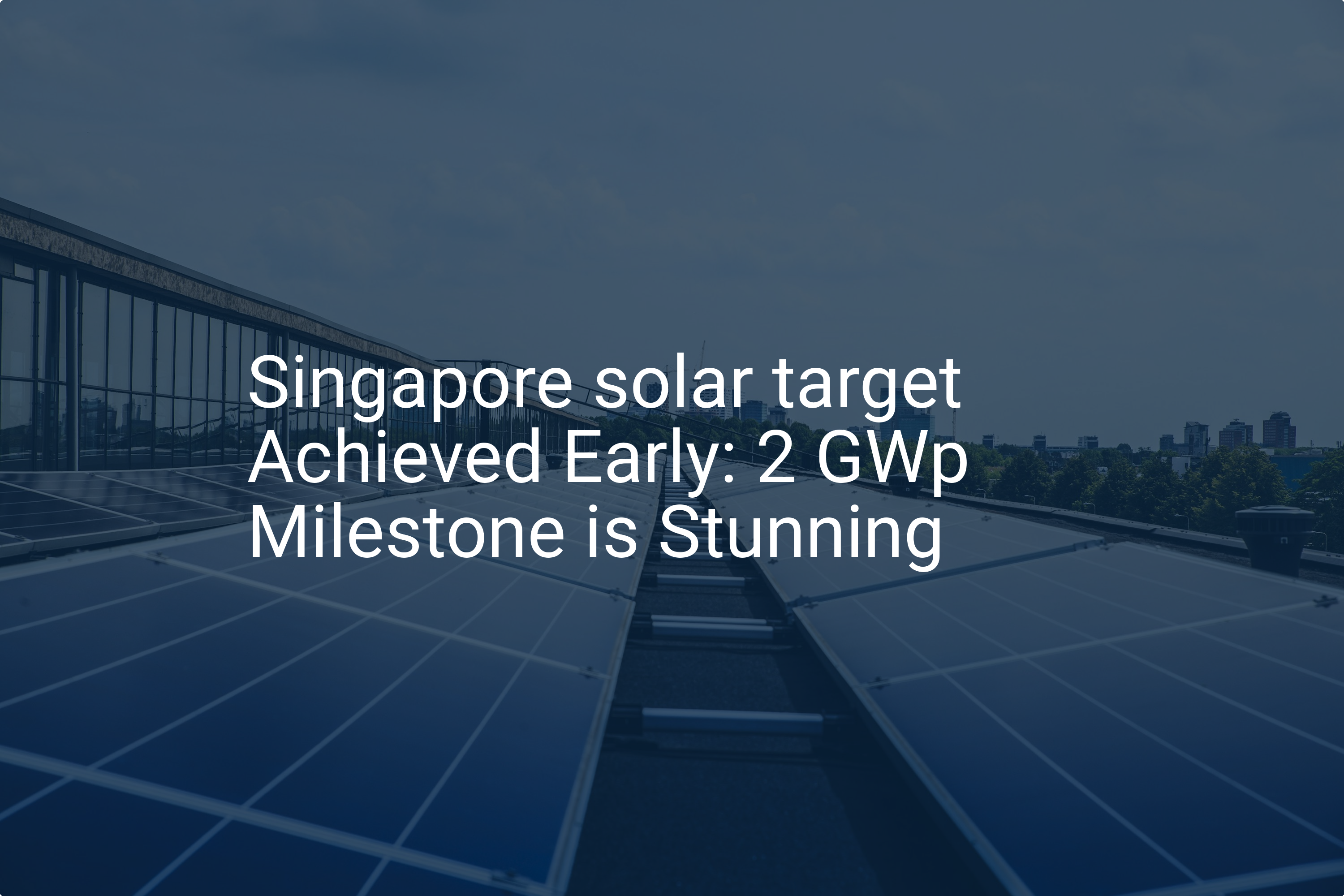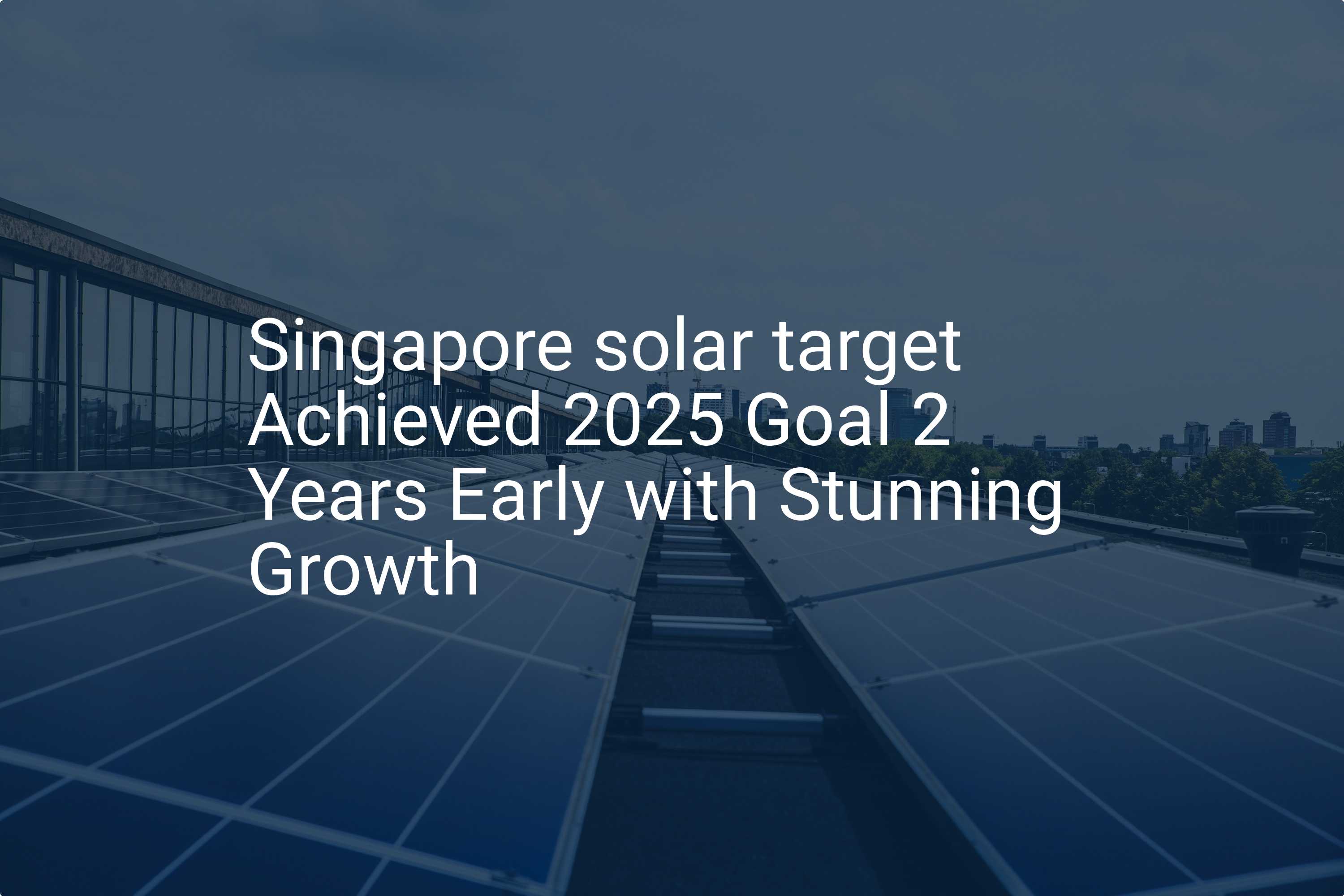Discover comprehensive insights into the statistics, market trends, and growth potential surrounding the solar panel manufacturing industry in Singapore
- Weather Atlas. (n.d.). Singapore climate. Retrieved August 4, 2024, from https://www.weather-atlas.com/en/singapore/singapore-climate
- International Renewable Energy Agency (IRENA). (2023). Statistical profile: Singapore. Retrieved August 4, 2024, from https://www.irena.org/-/media/Files/IRENA/Agency/Statistics/Statistical_Profiles/Asia/Singapore_Asia_RE_SP.pdf#:~:text=URL%3A%20https%3A%2F%2Fwww.irena.org%2F
- SP Group. (n.d.). Tariff information. Retrieved August 4, 2024, from https://www.spgroup.com.sg/our-services/utilities/tariff-information
- Best Prices SG. (2023, August 2). Singapore electricity price. Retrieved August 4, 2024, from https://shop.bestprices.sg/blogs/review/singapore-electricity-price
- Energy Market Authority (EMA). (2023). Singapore energy statistics: Chapter 5. Retrieved August 4, 2024, from https://www.ema.gov.sg/resources/singapore-energy-statistics/chapter5
- Energy Market Authority (EMA). (2024, July 31). Charging up Singapore’s grid resilience. Retrieved August 4, 2024, from https://www.ema.gov.sg/news-events/news/feature-stories/2024/charging-up-singapore-grid-resilience
- Energy Market Authority (EMA). (n.d.). Energy grid digital twin. Retrieved August 4, 2024, from https://www.ema.gov.sg/our-energy-story/energy-grid/grid-digital-twin
- SP Group. (n.d.). Safeguarding the backbone of Singapore’s grid. Retrieved August 4, 2024, from https://www.spgroup.com.sg/about-us/media-resources/energy-hub/reliability/safeguarding-the-backbone-of-singapores-grid
- Energy Market Authority (EMA). (2023). Singapore energy statistics: Chapter 6. Retrieved August 4, 2024, from https://www.ema.gov.sg/resources/singapore-energy-statistics/chapter6
- Energy Market Authority (EMA). (2023). Singapore energy statistics: Chapter 2. Retrieved August 4, 2024, from https://www.ema.gov.sg/resources/singapore-energy-statistics/chapter2
- Energy Market Authority (EMA). (n.d.). Solar energy. Retrieved August 4, 2024, from https://www.ema.gov.sg/our-energy-story/energy-supply/solar
- Wikipedia. (2024, August 2). Cost of electricity by source. Retrieved August 4, 2024, from https://en.wikipedia.org/wiki/Cost_of_electricity_by_source
- Energy Market Authority (EMA). (2023). Singapore energy statistics: Chapter 3. Retrieved August 4, 2024, from https://www.ema.gov.sg/resources/singapore-energy-statistics/chapter3
- Channel News Asia. (2023, July 29). Singapore’s electricity sources: Natural gas, renewable energy, and imports. Retrieved August 4, 2024, from https://www.channelnewsasia.com/singapore/singapore-electricity-sources-natural-gas-renewable-solar-energy-import-3252076
- Energy Market Authority (EMA). (2024). Singapore electricity market outlook. Retrieved August 4, 2024, from https://www.ema.gov.sg/resources/industry-reports/singapore-electricity-market-outlook
- Energy Market Authority (EMA). (2023). Number of grid-connected solar photovoltaic installations. Retrieved August 4, 2024, from https://www.ema.gov.sg/resources/statistics/number-of-grid-connected-solar-photovoltaic-installations
- Energy Now. (2021, July 6). Singapore unveils one of the world’s biggest floating solar panel farms. Retrieved August 4, 2024, from https://energynow.com/2021/07/singapore-unveils-one-of-the-worlds-biggest-floating-solar-panel-farms/
- Southeast Asia Infrastructure. (2023, July 23). Works to start on the largest floating solar farm in Singapore by 2025. Retrieved August 4, 2024, from https://southeastasiainfra.com/works-to-start-on-the-largest-floating-solar-farm-in-singapore-by-2025/
- Blackridge Research. (2024). Singapore solar power market. Retrieved August 4, 2024, from https://www.blackridgeresearch.com/reports/singapore-solar-power-market
- Mordor Intelligence. (2024). Singapore renewable energy market: Market trends. Retrieved August 4, 2024, from https://www.mordorintelligence.com/industry-reports/singapore-renewable-energy-market/market-trends
- Jooble. (2024). Solar salary in Singapore. Retrieved August 4, 2024, from https://sg.jooble.org/salary/solar
- CakeResume. (2024). Average salary in Singapore. Retrieved August 4, 2024, from https://www.cakeresume.com/resources/average-salary-in-singapore
- World Population Review. (2024). Singapore population. Retrieved August 4, 2024, from https://worldpopulationreview.com/countries/singapore-population
- (2024). Singapore population. Retrieved August 4, 2024, from https://www.worldometers.info/world-population/singapore-population/
- Energy Market Authority (EMA). (n.d.). Electricity generation. Retrieved August 4, 2024, from https://www.ema.gov.sg/resources/singapore-energy-statistics#ElectricityGeneration
- Ember Climate. (2024, July 17). Regional grids key to Singapore’s energy future. Retrieved August 4, 2024, from https://ember-climate.org/insights/research/regional-grids-key-to-singapores-energy-future/
- Green Plan. (2024). Singapore Green Plan. Retrieved August 4, 2024, from https://www.greenplan.gov.sg/
- Energy Market Authority (EMA). (2024, July 20). Establishment of Future Energy Fund to support Singapore infrastructure investments. Retrieved August 4, 2024, from https://www.ema.gov.sg/news-events/news/media-releases/2024/establishment-of-future-energy-fund-to-support-singapore-infrastructure-investments
- Bird & Bird. (2024). Solar energy corporate PPAs in Singapore. Retrieved August 4, 2024, from https://www.twobirds.com/en/insights/2024/singapore/solar-energy-corporate-ppas-in-singapore
- First Solution. (2024). Solar panel subsidies and incentives in Singapore. Retrieved August 4, 2024, from https://www.firstsolution.com.sg/solar-panel-subsidies-and-incentives-in-singapore/
- Sembcorp Industries. (n.d.). Sembcorp Industries. Retrieved August 4, 2024, from https://www.sembcorp.com
- Sunseap Group. (n.d.). Sunseap Group. Retrieved August 4, 2024, from https://www.sunseap.com
- (n.d.). SolarHome. Retrieved August 4, 2024, from https://www.solarhome.com.sg
- Keppel Infrastructure. (n.d.). Keppel Infrastructure. Retrieved August 4, 2024, from https://www.keppel.com
- Tanjong Energy Holdings. (n.d.). Tanjong Energy Holdings. Retrieved August 4, 2024, from https://www.tanjongenergy.com
- Suntech Power. (n.d.). Suntech Power. Retrieved August 4, 2024, from https://www.suntech-power.com
- ET Solar. (n.d.). ET Solar. Retrieved August 4, 2024, from https://www.etsolar.com
- PacificLight Power. (n.d.). PacificLight Power. Retrieved August 4, 2024, from https://www.pacificlightpower.com
- Q CELLS. (n.d.). Q CELLS. Retrieved August 4, 2024, from https://www.q-cells.com
- Morgan McKinley. (2024). Singapore Salary Guide 2024. Retrieved from https://www.morganmckinley.com/sg/salary-guide
- Ambition Singapore. (2024, January). Singapore market insights 2024. Retrieved from https://www.ambition.com.sg/blog/2024/01/singapore-market-insights-2024

